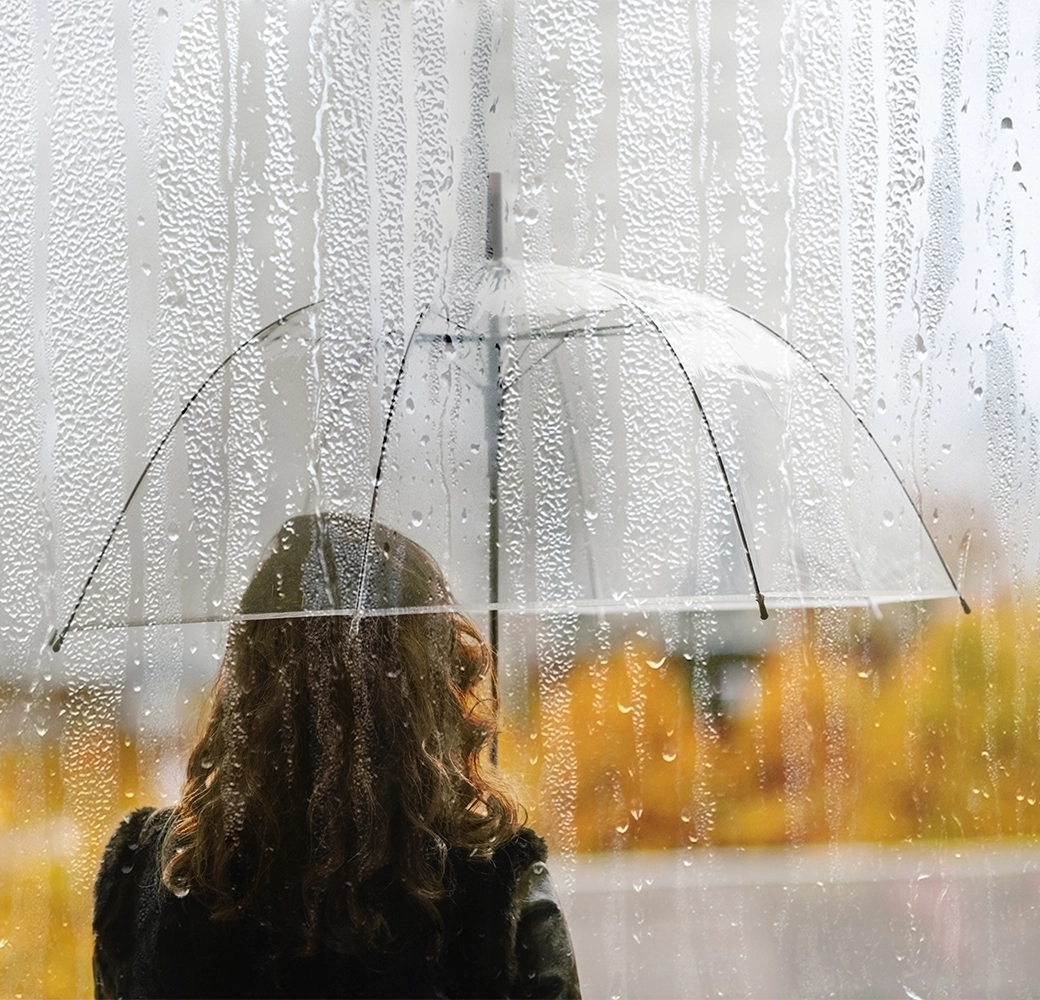In a perfect world, emergencies would never exist—but we all know that unplanned events or emergency needs can happen at any time. You don’t need to live in fear, but you do need to be prepared. That’s why we always recommend having some money set aside to use for life’s unexpected necessities. You hope you never need it, but it’s always better to have it. Read on for more info on how you can save up your rainy day fund and why it matters to you.
What is a rainy day fund?
A rainy day fund, or emergency fund, is exactly what it sounds like: money set aside for the express purpose of being used for an unexpected emergency. Please note that by emergency, we mean something related to medical needs, job loss, or something else necessary to life—not that your favorite store is having a once-in-a-lifetime sale. Be wise when spending your rainy day funds.
How much do I need?
Many experts recommend keeping at least $1,000 in your rainy day fund to start with. Ideally you would be able to keep half a year’s earnings in your emergency fund, but starting small will allow you to create a fund without blowing up your budget. Even an amount like $500 can go a long way in an unexpected situation.
There are multiple options for places you can store your rainy day fund—you may choose to keep it in a high-yield savings account or you may prefer to keep it stashed in your locked safe at home. The most important consideration is that the money needs to be easy to access during an emergency but not so easily accessed that you are tempted to use the funds for something else. For some people, that’s a regular checking account; for others, it may be a special account that your CPA helps you set up. Find the solution that fits your needs and plan accordingly.
Emergencies happen all the time—it may be an unexpected root canal that your insurance only partially covers, or you might find yourself laid off from your job without warning. We don’t want to scare you, but it is imperative to understand that, since emergencies are part of life, using this fund for a rainy day need is the whole point. While you don’t want to spend your funds unnecessarily, it’s also critical to remember that you may have to use it—and you’ll be glad it’s there if you do.
How do I save the money?
Setting aside $1,000 is an easy task for some and may take months of effort for others—only you know what your financial situation is. If it will take some planning to make it happen, we have a few ideas on ways you can build your savings until your fund is ready to go. Below are four tips to help you get started:
- Use an app to start saving
There are lots of apps designed to help you set aside a little bit of money at a time, so put them to work for you and start investigating your options. You can determine the amount you want to set aside every month so you don’t sacrifice your budget for your emergency fund. - Make a monthly goal
If apps aren’t your style, you can still apply the same concept to saving money on your own. Use a large soda bottle or even a piggy bank to set aside your extra change and money on a regular basis—those small deposits will add up quickly and give you the opportunity to set aside a little money at a time. - Review your budget
Sometimes, saving up for your emergency fund is as simple as reviewing your budget. Look for places in your finances that can be trimmed down or eliminated and reroute that money to your emergency fund. It might not even be a permanent change—once your rainy day money is all set up, you can resume your previous budget spending. - Consider some credit
We never recommend that you ignore your budget when using your credit card(s). But it might be wise to consider opening a card that is to be used only for serious emergencies. This would allow you to cover your expenses even if you haven’t had time to prep your emergency fund.
We all hope that our rainy day funds never get used—but we also need to be prepared if they should be needed. Work with a financial planner to determine how much you can set aside each month and watch as your emergency fund grows to cover the expenses of keeping you and your family safe and well.


